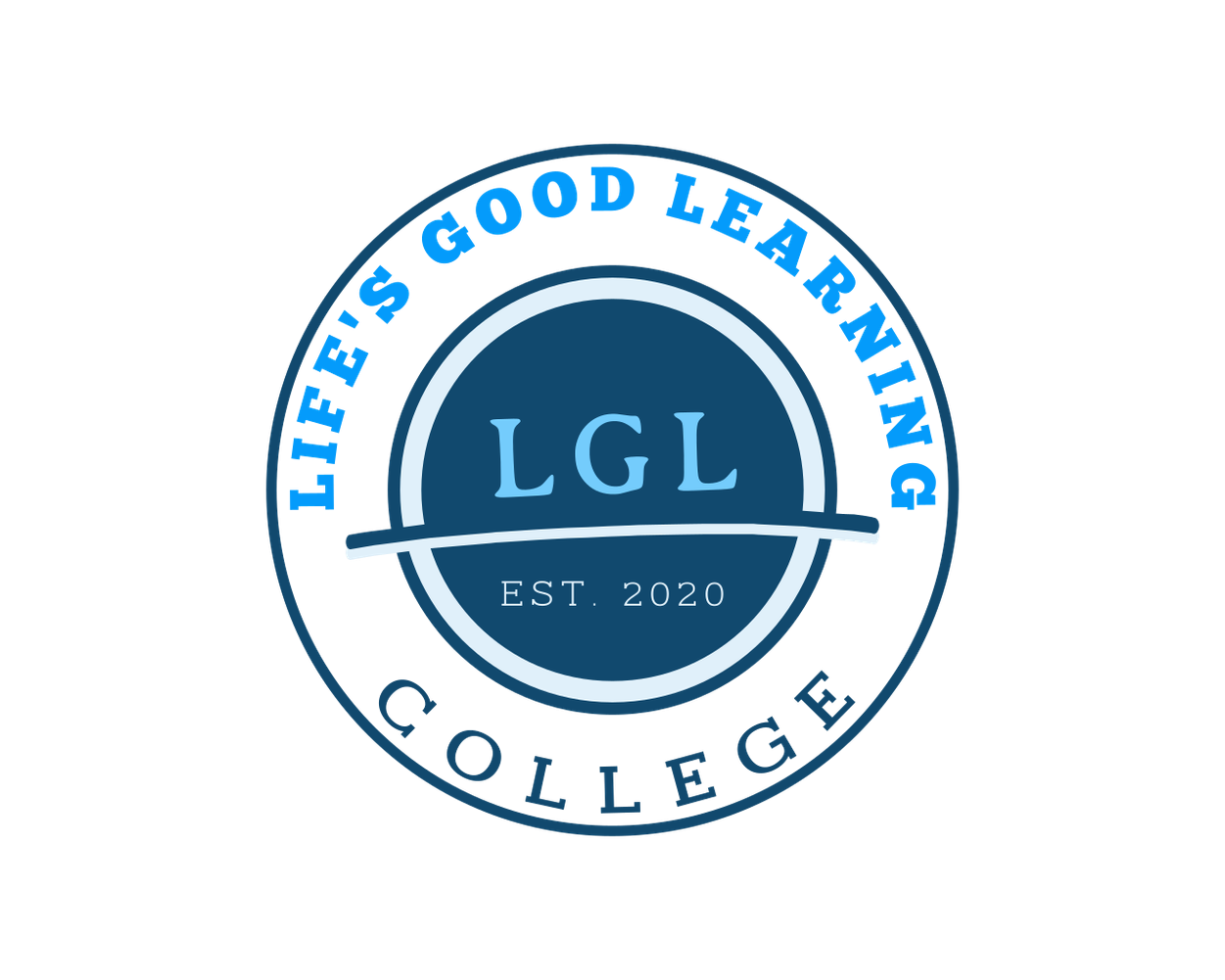
BLS Certification for Healthcare Professionals
Share
Basic Life Support (BLS) certification is essential for anyone working in healthcare. It’s more than a job requirement—it’s a commitment to saving lives. BLS training equips healthcare professionals with the skills needed to respond during medical emergencies, from cardiac arrest to airway obstruction.
Whether you're a nurse, EMT, or medical assistant, BLS ensures you're ready to act fast and effectively. Hospitals, clinics, and emergency services rely on certified staff who can perform CPR, use AEDs, and work as part of a response team. This article explores why BLS is so important, what the training involves, and how you can get certified.
Why BLS Is Required in Healthcare
BLS is a foundational skill for healthcare professionals. It prepares providers to deliver immediate care in life-threatening emergencies. When seconds count, knowing how to respond can make the difference between life and death.
In most clinical settings, BLS certification is mandatory. Hospitals, surgical centers, dental clinics, and emergency response teams require active certification for employment. It ensures staff can perform CPR, operate an AED, and manage choking incidents.
Regulatory bodies also mandate BLS training for licensure. Nurses, paramedics, and therapists must show proof of certification to maintain their credentials. Employers verify that staff remain current with updates and renewals.
Beyond legal and workplace requirements, BLS also fosters confidence. When trained professionals know what to do, they stay calm under pressure. That composure saves lives and improves patient outcomes. For healthcare workers, BLS isn’t optional—it’s a critical responsibility that comes with the role.
AHA BLS for Healthcare Providers Explained
The American Heart Association (AHA) sets the standard for BLS training in the United States. Their BLS for Healthcare Providers course is widely recognized and trusted across hospitals, clinics, and educational institutions.
This course teaches high-quality CPR, AED usage, and techniques for managing airway obstructions. It also includes protocols for single and multi-rescuer scenarios. Training is tailored to professionals who are likely to witness or respond to cardiac emergencies.
Participants must complete a written exam and a skills test. These assessments ensure a strong understanding of both theory and application. The course reflects the latest AHA guidelines and is updated regularly based on medical research.
The AHA BLS provider card is valid for two years. It serves as official proof of training and is often required for employment or clinical placement. Both in-person and blended learning formats are available, allowing for flexibility.
Choosing AHA BLS certification ensures that your training meets national standards. It also confirms that you’re prepared to handle real-world emergencies with skill and confidence.
Course Topics: Airway, Breathing, Circulation
BLS training follows the ABCs of emergency care: airway, breathing, and circulation. These three components form the foundation of life-saving intervention. Mastering them is essential for effective response during cardiac or respiratory emergencies.
The course begins with airway management. You’ll learn how to open a blocked airway using head-tilt, jaw-thrust, or suction techniques. Airway patency is the first priority during resuscitation efforts.
Next is breathing. You’ll practice giving rescue breaths using a bag-mask device. Proper technique ensures the lungs receive oxygen and prevents complications like gastric inflation or aspiration.
Circulation involves chest compressions. The course emphasizes proper hand placement, compression depth, and rhythm. You’ll learn how to minimize interruptions and coordinate with AED usage. High-quality compressions maintain blood flow to vital organs.
The ABC approach is applied to adults, children, and infants. Each population requires slight adjustments in technique. By the end of training, you’ll know how to assess and manage all three priorities quickly and accurately.
These core topics help healthcare professionals deliver effective care during the most critical moments.
Team Dynamics in Emergency Scenarios
BLS training doesn’t just focus on individual skills—it also emphasizes teamwork. In real emergencies, coordinated response is crucial. That’s why understanding team dynamics is a vital part of BLS for healthcare providers.
During a cardiac event, multiple responders often arrive on scene. Each person must understand their role and communicate clearly. BLS training teaches how to assign tasks, rotate roles, and stay organized under pressure.
One person may begin compressions while another calls for help or retrieves an AED. Others may handle airway management or medication prep. The team must work in sync, avoiding duplication and ensuring continuity of care.
Effective communication is key. Verbal cues, status updates, and direct commands keep everyone aligned. The training also emphasizes the importance of constructive feedback. If someone notices poor technique or missed steps, they’re encouraged to speak up respectfully.
These dynamics improve efficiency and outcomes. By working together, healthcare teams can respond faster, reduce errors, and save more lives. Practicing team scenarios in training ensures professionals are ready to collaborate in real emergencies.
Hands-On Practice Requirements
Hands-on training is the heart of BLS certification. It transforms theoretical knowledge into real-world action. Practicing life-saving techniques in a supervised setting helps build muscle memory and boosts confidence.
During the course, participants rotate through multiple stations. Each station focuses on a critical skill—like compressions, bag-mask ventilation, or AED use. Instructors demonstrate techniques, then guide students through practice sessions.
Manikins are used to simulate adult, child, and infant patients. These allow you to feel proper compression depth, recoil, and ventilation resistance. The goal is to perform skills accurately and without hesitation.
You’ll also take part in mock emergency scenarios. These exercises involve team-based response, allowing you to apply everything you’ve learned in a realistic, high-pressure setting. Instructors observe and provide real-time feedback.
To pass, you must demonstrate each skill correctly. The final skills test ensures that you're ready to perform BLS techniques during real emergencies. Hands-on training is what transforms basic instruction into life-saving action.
BLS Certification Process Step-by-Step
Getting BLS certified involves several clear steps. First, choose an accredited provider. The American Heart Association is the most recognized source, but other approved organizations also offer valid training.
Next, register for a course that fits your schedule. Options include traditional classroom training and blended learning formats. Blended courses allow you to complete the theory online, followed by an in-person skills session.
During the course, you’ll learn about CPR, AEDs, and airway management. You’ll complete a written exam that tests your understanding of procedures and protocols. Most tests include multiple-choice questions based on real-life scenarios.
After passing the exam, you’ll take a skills assessment. An instructor will observe you perform each technique on a manikin, evaluating accuracy and confidence.
Once you pass both components, you’ll receive your BLS provider card. It’s valid for two years and recognized by most healthcare institutions.
Be sure to save your card digitally and keep track of the expiration date. You’ll need to renew before it expires to stay compliant with job and licensing requirements.
Maintaining BLS as a Healthcare Worker
BLS certification isn’t a one-time task—it’s an ongoing responsibility. Healthcare professionals must renew their BLS every two years to stay current with best practices and evolving guidelines.
Renewal courses are shorter than the initial certification. They focus on updates, refreshed skills, and real-time simulations. You’ll also review any changes in AHA protocols that reflect new research or improved techniques.
Many employers track certification status. Hospitals and clinics may send reminders before your card expires. Still, it’s up to you to plan your renewal early. Scheduling ahead prevents gaps in certification, which could affect your work eligibility.
Staying active in BLS also improves your response time and confidence during emergencies. If you don’t use these skills regularly, renewal courses provide essential practice and knowledge updates.
Some healthcare roles, like those in emergency or critical care, may also require ACLS or PALS. But BLS remains the core. Maintaining it shows dedication to patient care and preparedness at all times.
Where to Get Certified Near You
Finding a BLS certification course near you is easier than ever. Start with the American Heart Association’s course locator. Enter your ZIP code to find nearby training centers, dates, and course formats.
Local hospitals, community colleges, and medical training centers often host classes. Some employers also offer on-site training or provide access to certified instructors.
You can choose between in-person classes and blended courses. Blended options let you complete the theory online, then attend a short hands-on session. These are ideal for busy professionals who need scheduling flexibility.
Make sure the provider is accredited and offers AHA-recognized certification. Ask about course length, materials included, and whether a digital or printed card is issued.
Early registration is recommended, especially before job onboarding or clinical placements. Some courses fill quickly, and last-minute options may be limited.
Once certified, you’ll be better prepared to respond to emergencies, meet workplace requirements, and support your team in saving lives.
BLS certification is a vital skill for every healthcare professional. It equips you to act confidently in life-threatening emergencies—whether you're in a hospital, clinic, or field setting. More than a job requirement, it’s a commitment to providing the highest standard of care.
Through hands-on training, teamwork, and updated protocols, BLS ensures you’re ready when every second counts. From managing airways to leading resuscitation efforts, the knowledge gained through BLS saves lives and builds confidence.
Make BLS part of your professional foundation. Choose a trusted provider, complete your training, and stay current through regular renewal. With certification in hand, you’ll be prepared to respond with skill, calm, and courage—every time it matters most.

